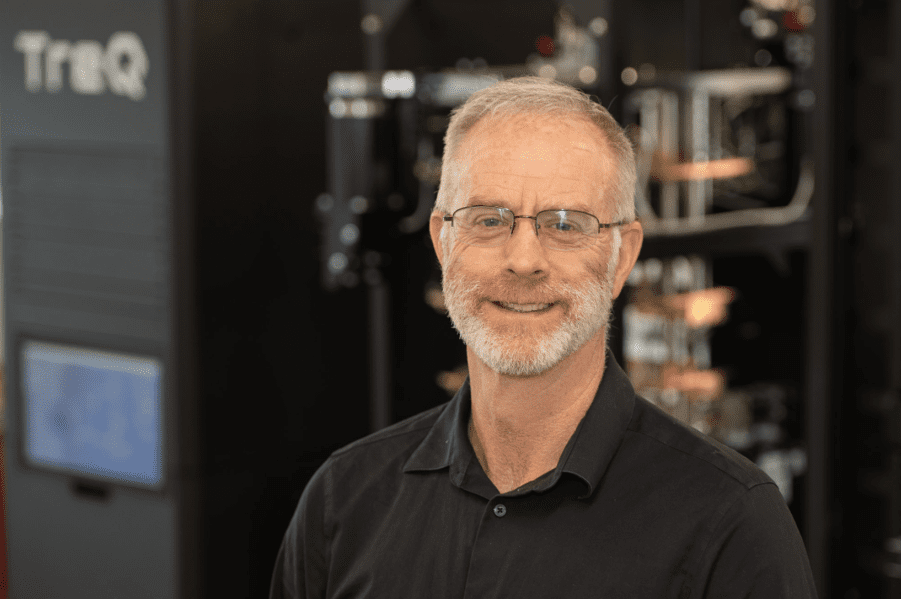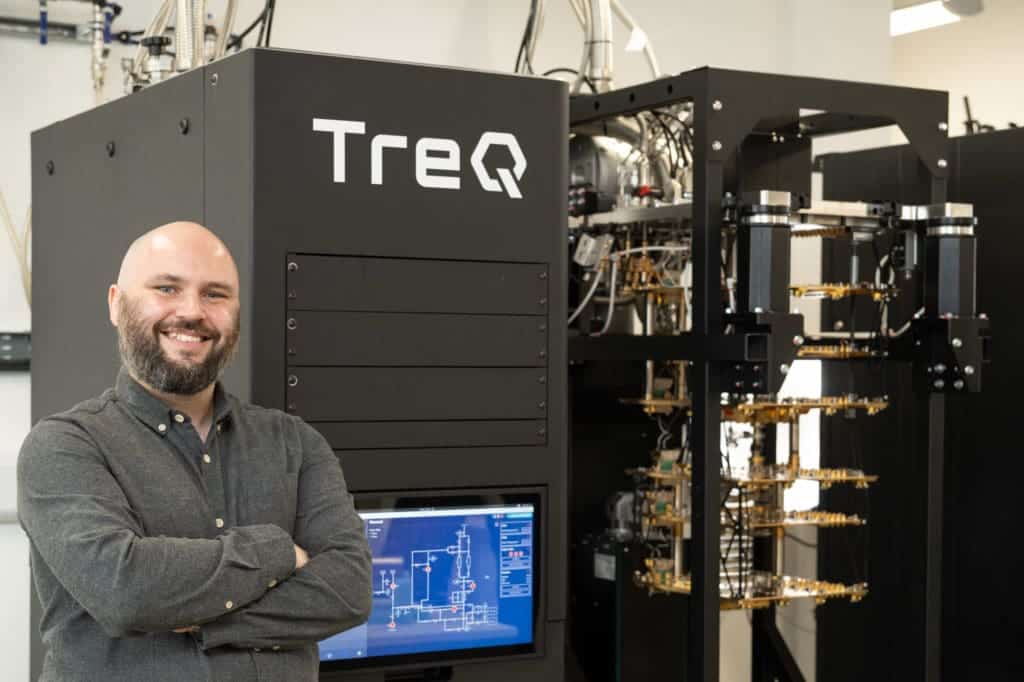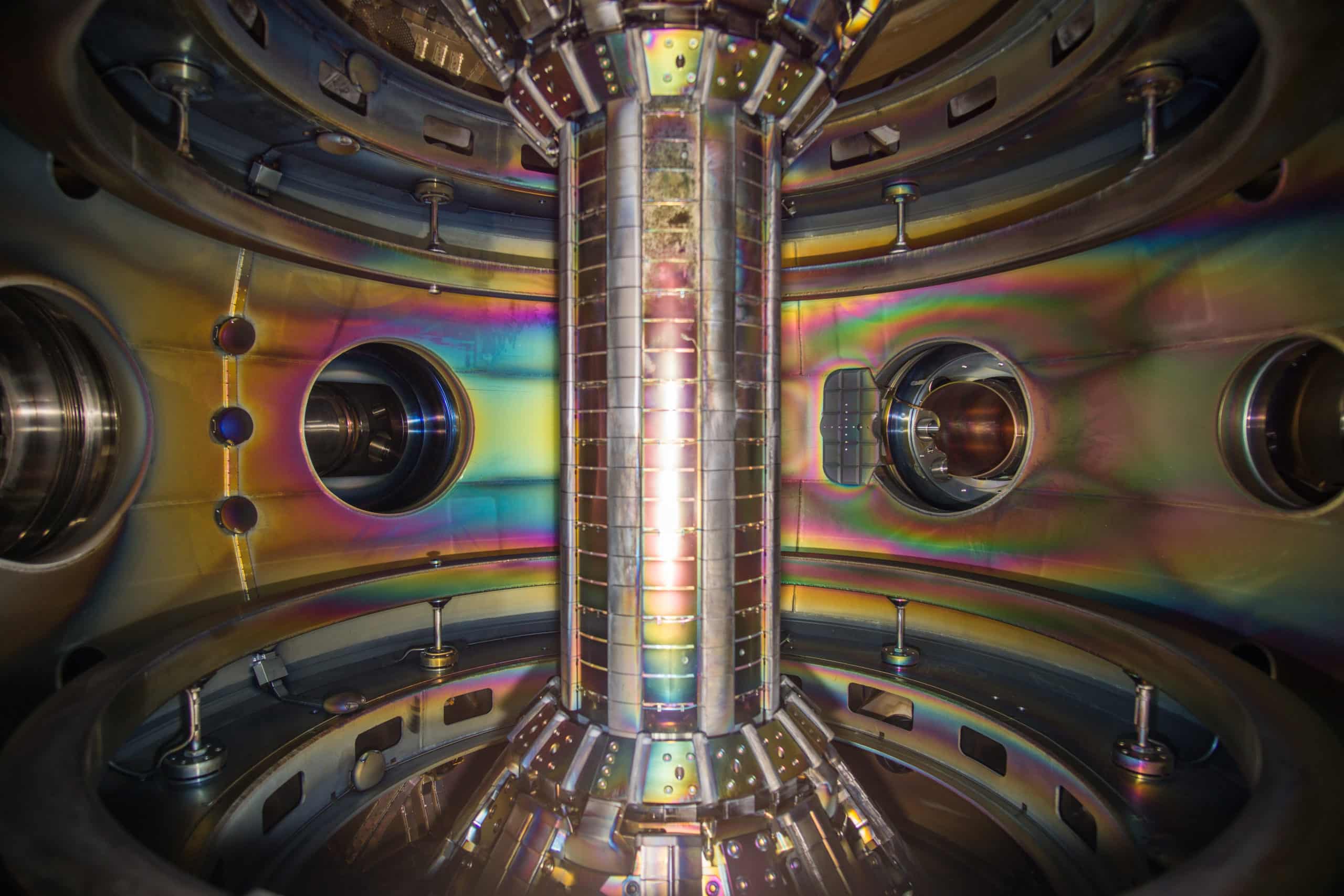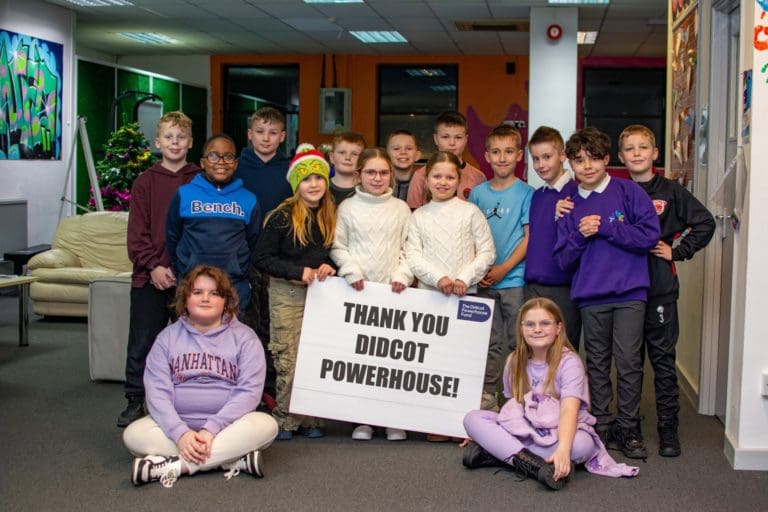
Milton Park has launched Park Perspective, a new event series designed to lift the lid on world-changing innovations being delivered by occupiers across the Park.
In celebration of the UN’s International Year of Quantum 2025, the first Park Perspective welcomed attendees to Bee House to hear from Gibson Armstrong, Head of Enterprise Growth and Operations at TreQ, about the possibilities this potentially revolutionary tech could usher in.
TreQ, which manufactures quantum computing systems here at Milton Park, gave an overview of how the technology could be used to tackle real-world challenges.
Gib distilled down the complex world of quantum in a candid conversation, exploring how the technology may soon revolutionise a range of industries, from energy and finance to pharmaceuticals.
In his presentation he gave attendees a glimpse into how quantum systems have the potential to solve intractable, real-world problems.
What is quantum?
Gib took attendees back to basics, kicking off the discussion with an overview of the fundamentals of quantum.
He then gave an explainer about the weird phenomena of quantum entanglement, when two or more particles become linked so that the state of one influences the state of the other, no matter if they are millions of miles apart. Gib encouraged attendees not to worry if it scrambled their brains a bit. If it’s all a bit confusing, you’re not alone, as even Albert Einstein famously called quantum entanglement “spooky action at a distance”!
What is the difference between traditional computers and quantum systems?
Gib went on to explain how traditional computers use bits as the basic unit of information and each bit is either a zero or one, which processes information sequentially.
Quantum computer systems use qubits (quantum bits) which can exist in a superposition of varying states, meaning they can act as if in they’re in multiple positions at once (zero, one, or any number in between).
This allows quantum systems to perform certain calculations in parallel, making them far faster than traditional systems and especially good at solving complex optimisation and simulation problems.
While fast GPUs (Graphics Processing Units) in traditional computers accelerate tasks, quantum systems are uniquely suited to speeding up:
- Complex problems in industries such as banking and energy
- Encryption and secure data processes
- Molecular modelling, which can be particularly useful in pharmaceutical drug discovery
- Climate modelling.
What do quantum computer systems look like?
TreQ’s quantum computer systems are designed to be incorporated with data centre server racks. Each of TreQ’s current systems are comprised of a user control, a superconducting quantum processing unit (QPU), a dilution refrigerator and a rack that houses the specialist control hardware.

Inside the dilution refrigerator is a gold “chandelier,” the bottom of which houses the quantum processing unit chip which is kept at around 10mk (colder than outer space) to supress background “noise” which causes errors in the computations.
TreQ’s open architecture approach allows it to integrate various components like quantum processors, control systems and software stacks from different tsuppliers into a versatile, adaptable platform.
The system is designed to be modular and flexible, allowing users to easily switch between different configurations and upgrade components when needed and as technology advances.
How does TreQ’s quantum system work?
TreQ’s principal engineer, Nathan Woollett, walks through the physical components that make quantum computing possible.
- The process starts with binary code with a ‘traditional computer’ – Quantum computing cannot exist without classical computing. A quantum processor on its own is just a physics experiment. As a first step, a classical server, in this case a Dell machine, handles all the heavy lifting in preparing the quantum algorithms. It converts the algorithm into a machine-readable language and coordinates the entire workflow.
- Translate binary into a language the quantum chip can understand –From there, the classical computer translates the algorithm into gate descriptions and low-level control signals. These signals are passed to a controller (like the Quantum Machine’s OPX 1000 TreQ uses) that produces microwave and direct current (DC) signals.
- Routing the signal to the quantum chip – These signals are routed through patch panels and cables into a ‘fridge’ that houses the quantum processor. This intricate wiring ensures precise delivery of signals to and from the chip.
- Cooling down the chip to near absolute zero – These quantum chips must operate at extremely low temperatures to reduce background noise and interference. Using a two-stage cooling unit, the system lowers the temperature to approximately 10 millikelvin (around 0.01 degrees above absolute zero!).
- Run and repeat – Readout signals are then recorded and interpreted by traditional Dell processor before the process is repeated. That is because quantum computing is probabilistic, meaning a single run produces only part of the answer. To get an accurate result, the same quantum operation is repeated hundreds of times, with results averaged by the classical computer to form the output.
What does the future hold for TreQ and quantum computing?
Gib commented: “Although we’re at a stage similar to the early days of classical computing, I think 2025 will be a pivotal year in the development of quantum. We’re helping our clients simplify their quantum journey with cost-effective, open-architecture systems that stay current and position them to capitalise on emerging quantum advances.”
Watch the Company Spotlight video to learn more
Don’t forget to stay tuned for details on the next Park Perspective event.




